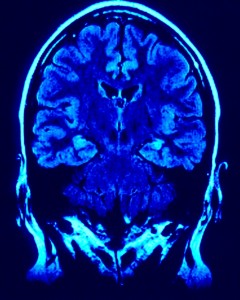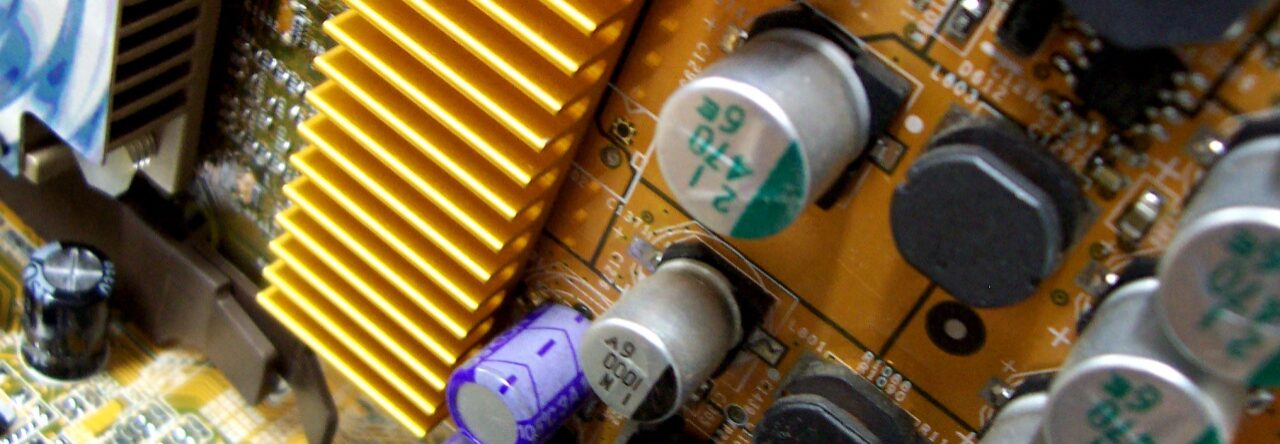 Do you need to be right or left brained in order to be a programmer? Yes, you need to use both sides of your brain. For coding, you’ll need to use left brain traits like logic and analysis. When you are designing interfaces, you need to use right brain traits such as creativity and intuition. Web sites and web applications require you to use a wide variety of tools. You don’t necessarily need to be a graphic artist to make a web form both functional and beautiful.
Do you need to be right or left brained in order to be a programmer? Yes, you need to use both sides of your brain. For coding, you’ll need to use left brain traits like logic and analysis. When you are designing interfaces, you need to use right brain traits such as creativity and intuition. Web sites and web applications require you to use a wide variety of tools. You don’t necessarily need to be a graphic artist to make a web form both functional and beautiful.
To build web sites today, you need to be creative and to get it to work. Just because you can’t draw doesn’t mean your not creative. It takes creativity when coding an application that helps people get things done. To do that, you have to use your whole brain not just a certain half.
Andrew Houle, MyInkBlog, describes the Developer/Designer paradox. He admits to being both.

 On the Freakonomics blog, Kal Raustiala of UCLA and Chris Sprigman of University of Virginia Law School wrote about
On the Freakonomics blog, Kal Raustiala of UCLA and Chris Sprigman of University of Virginia Law School wrote about 